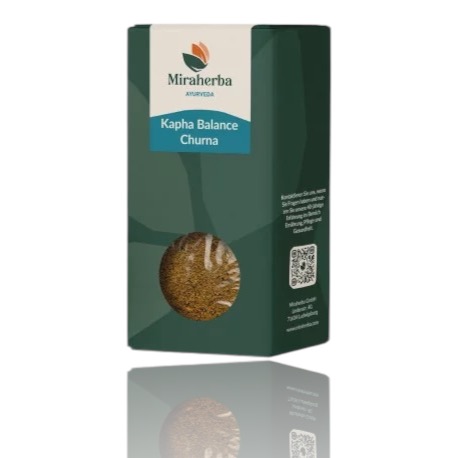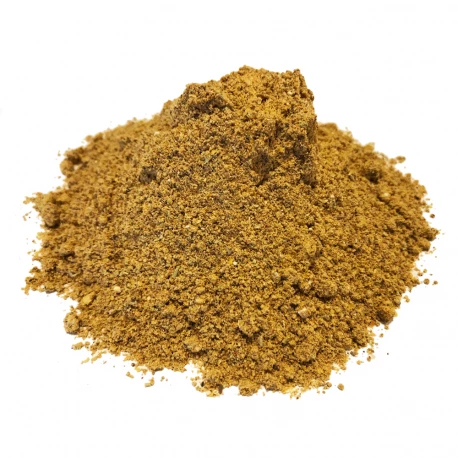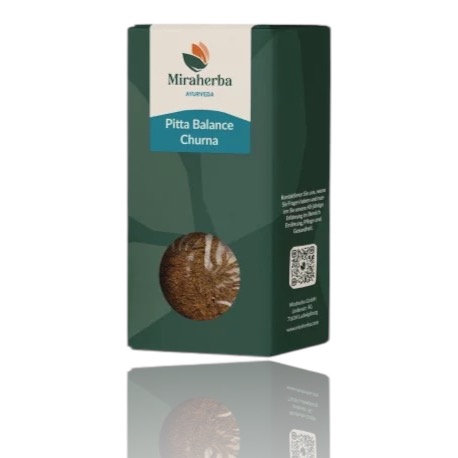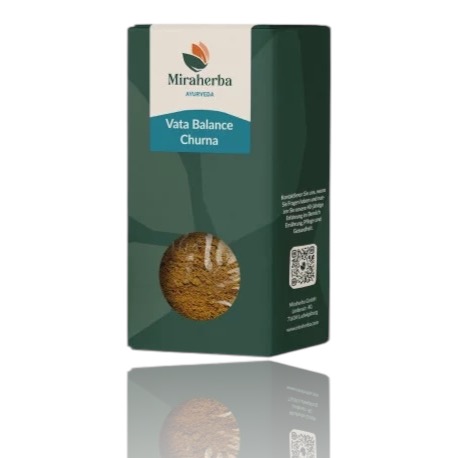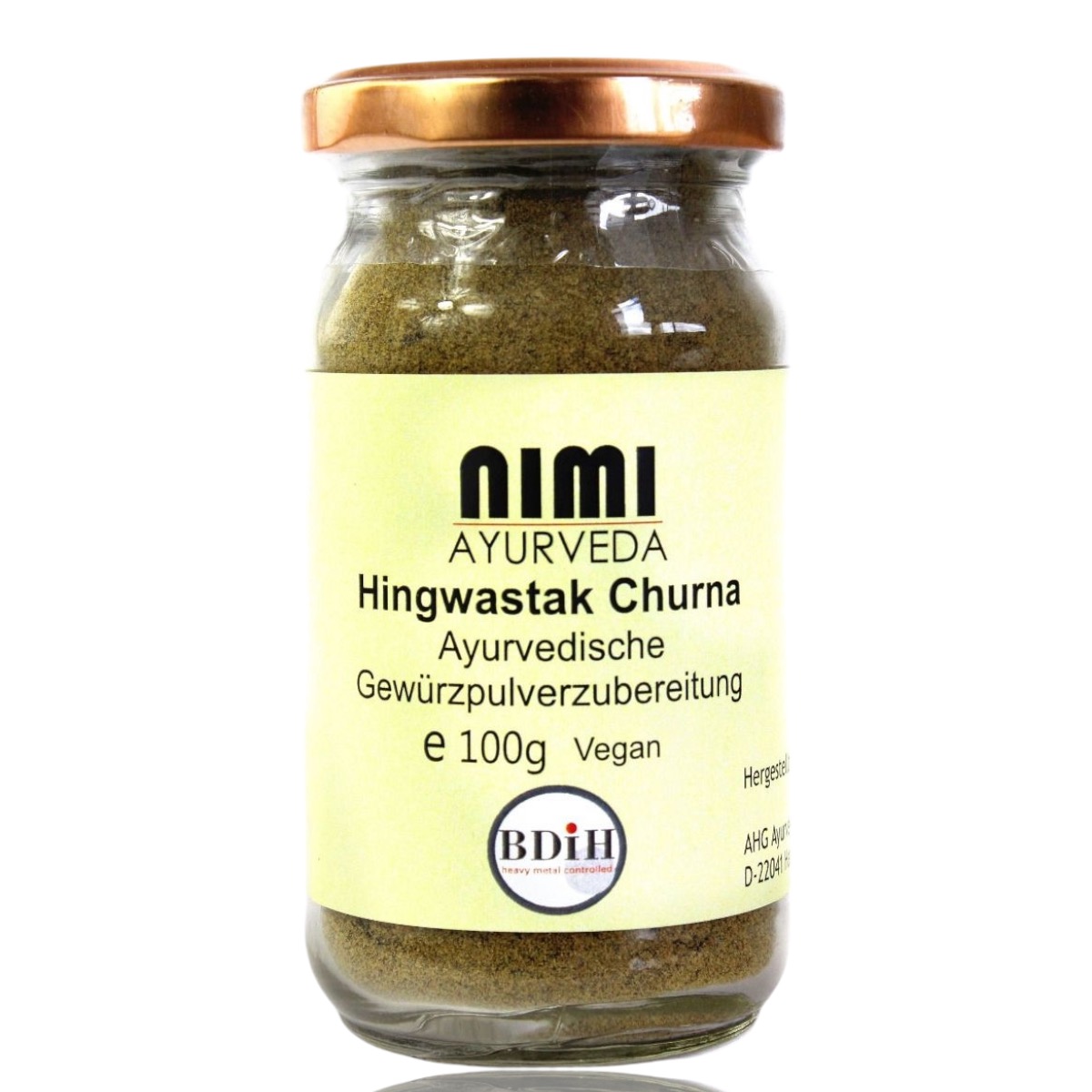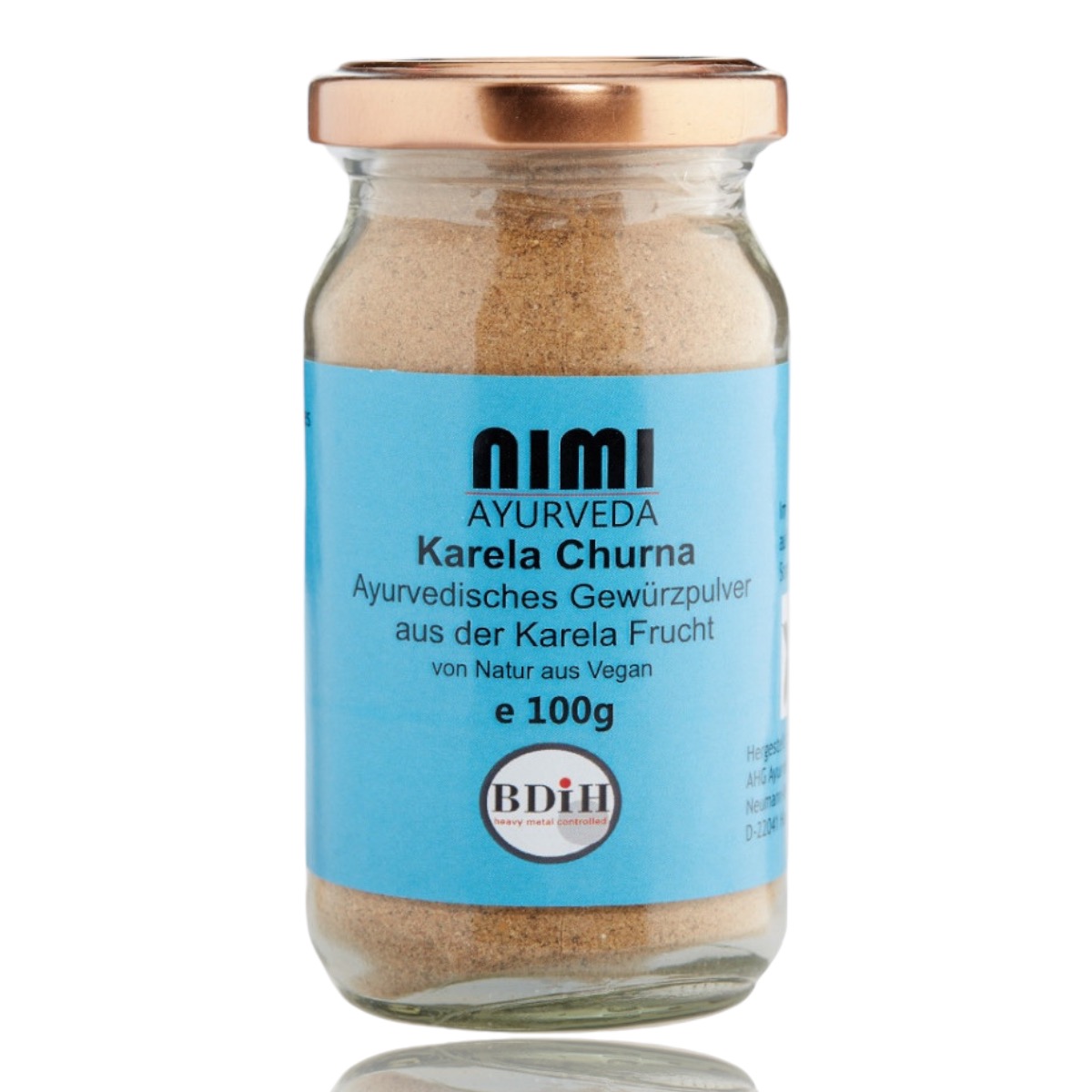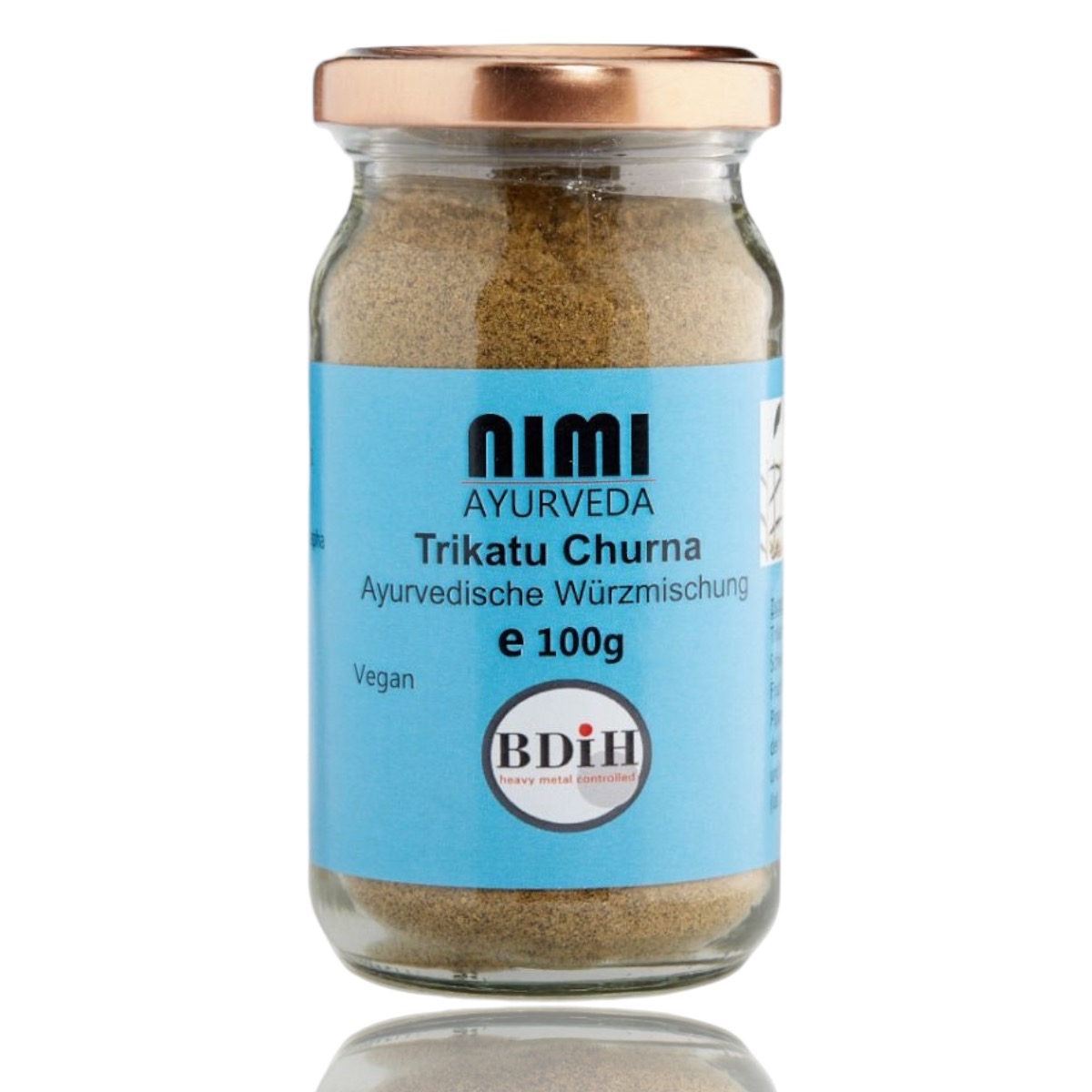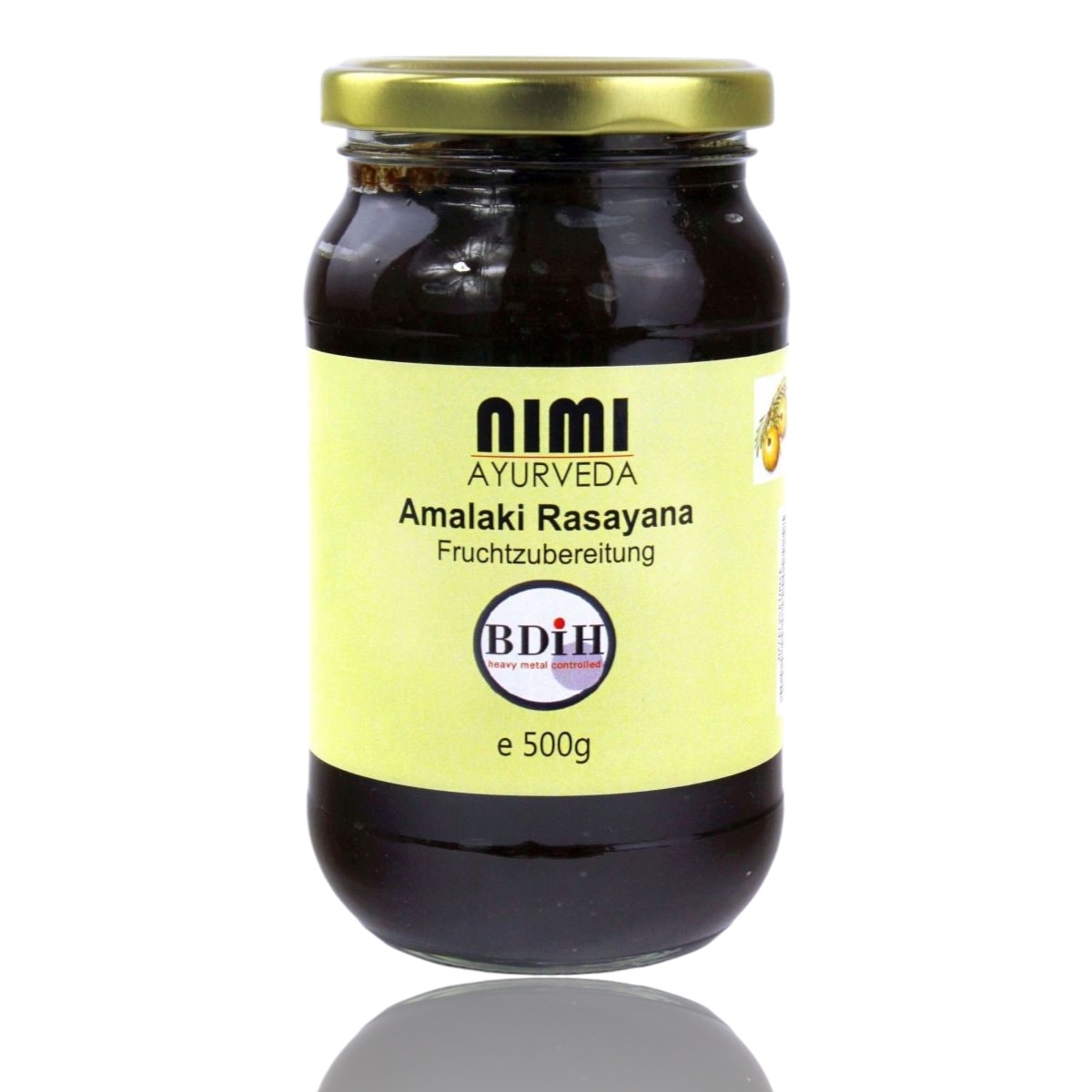Organic Kapha Balance Churna
€10.88*
Available, delivery time: 1-3 days
-Has a harmonizing effect on the Kapha Dosha
-Stimulating hot and spicy mixture
-Ideal for slightly fiery but also heavy dishes
-Add while cooking or sprinkle on the finished meal
Application:
This Kapha-harmonizing spice mixture conjures up a pleasant spiciness in your dish. Heavy dishes in particular become lighter due to the stimulated digestive fire.
Instructions for use:
Roast 1 teaspoon of the mixture in ghee or sesame oil while cooking, add the remaining ingredients and continue according to the recipe. Also for seasoning to reduce Kapha.
Contents:
Ginger*, turmeric*, coriander*, cumin*, mustard*, black pepper*, rosemary*, fenugreek*, clove*, pippali*, whole cane sugar*, chili*, rock salt*.
*from controlled organic cultivation
Product details:
Product features
Properties Vegan, Vegetarian
Manufacturer Miraherba Lindestraße 40 71634 Ludwigsburg
Contents 100 g
ean13 4262402913104
Certified organic DE-ÖKO-037
ähnliche Produkte
Content: 500 Gramm (€51.60* / 1000 Gramm)









